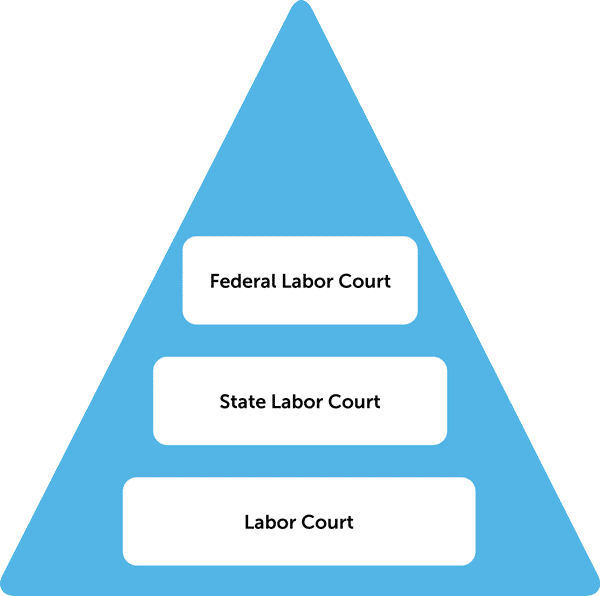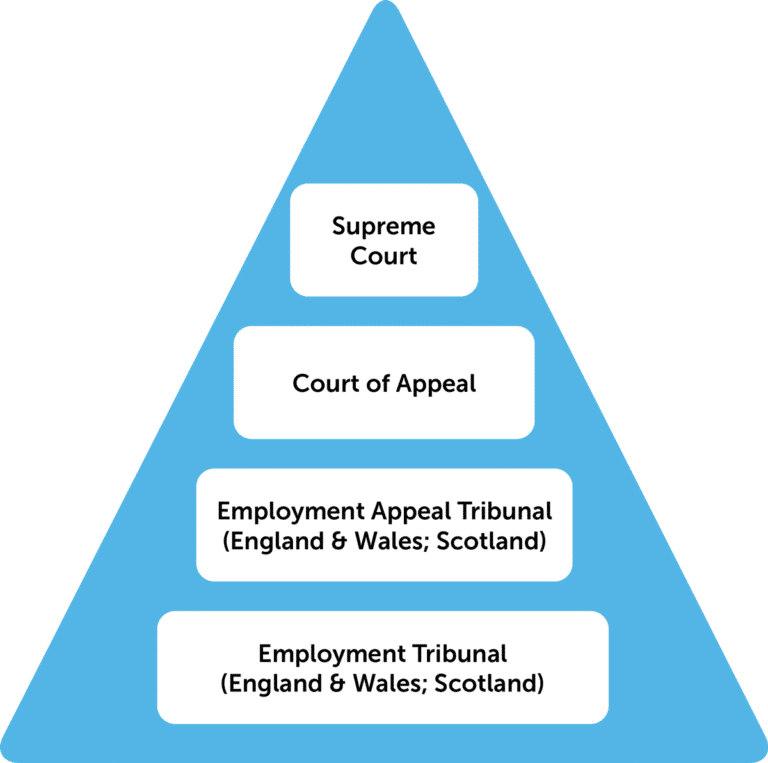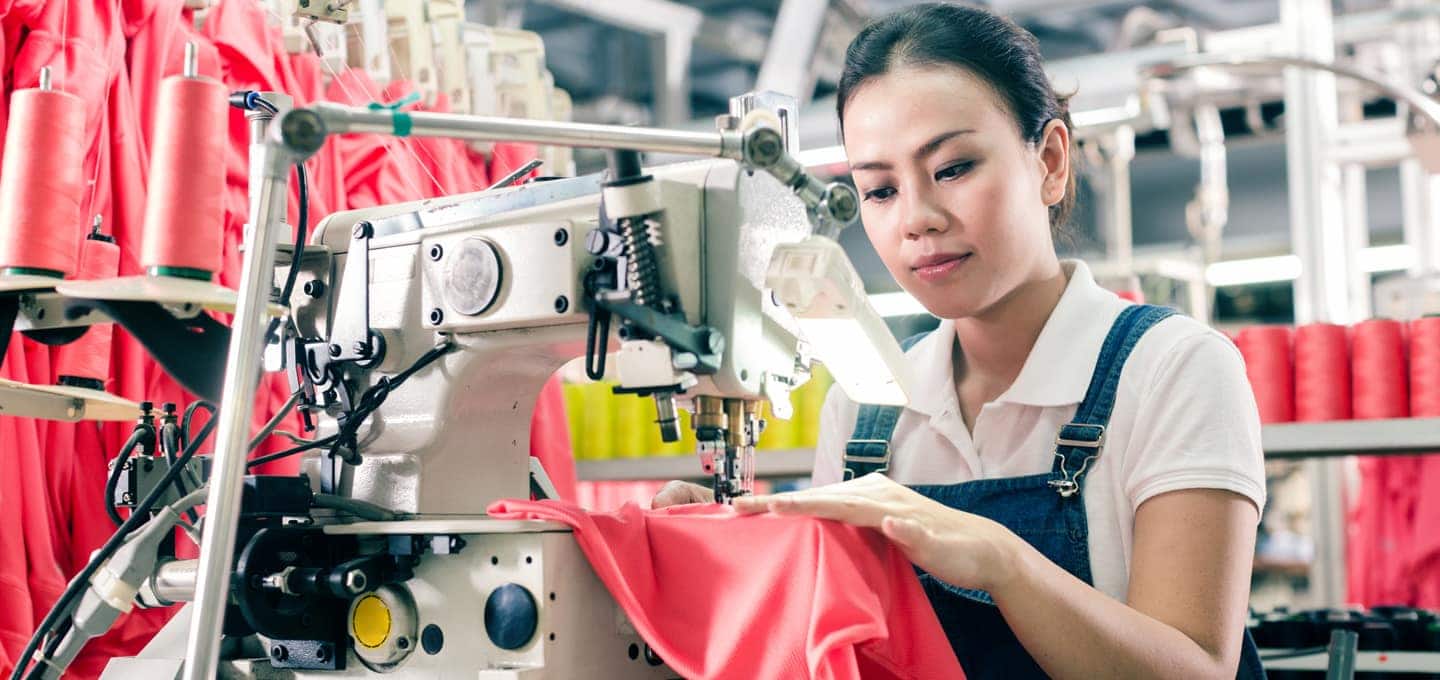The first labor court in China
China’s first specialized court for adjudicating labor disputes was established in Suzhou, Jiangsu Province on July 16, 2021, with the aim of better protecting workers’ rights and encouraging good relationships between employers and employees. The Suzhou Labor Court is organized as a department of the Suzhou Intermediate People’s Court in Jiangsu Province after the PRC Supreme People’s Court issued its approval in June. The rapid development of employment via Internet platforms and the sharing economy is currently creating new challenges for China’s modern economy with regard to (labor) law.
Pursuant to Sections 12, 13 Organic Law of the People’s Courts of the People’s Republic of China, the general Chinese courts are structured in four levels: the primary people’s courts (基层人民法院) on the county level, the intermediate people’s courts (中级人民法院) on the city level, the higher people’s court (高级人民法院) on the provincial level and the Supreme People’s Court (最高人民法院) on the national level. In addition to the people’s courts, China also has specialized courts, such as military courts, maritime courts, intellectual property courts, and financial courts. The Suzhou Labor Court establishes a new specialized court jurisdiction.

The vice president of the Supreme People’s Court, Gao Jinghong, sees the role of new Chinese labor court as follows: The court should serve as a professional and interdisciplinary team of judges capable of understanding not only the law, but also modern economic developments and current politics.
The Labor Court System in Germany
Germany has maintained independent labor courts for a long time as compared to the first labor court established in China. The initial Labor Court Act from December 23, 1926, led to the establishment of a unified and comprehensive labor court system. This system consists of three instances: The labor courts (ArbG, 1st instance), the state labor courts (LAG, 2nd instance) and the Federal Labor Court (BAG, 3rd instance). The BAG is the supreme court for labor law issues. According to Sections 2 and 2a of the Labor Court Act (ArbGG), the labor courts belong to the civil courts and are responsible for all disputes between employers and employees, and also for the parties of collective agreements.

The Labor Court is a chamber court. This means that the court consists of one professional judge and one honorary judge each from the employee and employer sides. A conciliation hearing is generally held prior to the chamber hearing with the aim of reaching an amicable settlement between the parties. The BAG handles approximately 2,266 disputes per year (statistics for 2020). Dismissal protection cases represent the most frequent type of lawsuit and make up approximately 663 cases per year (statistics from 2020). In these dismissal protection cases, dismissed employees can have the court examine their dismissal.
In Germany, there are 18 state labor courts in the 16 federal states. Every federal state has at least one state labor court.
The BAG issues its decisions through the respective senates. A senate consists of a group of five people: Three professional judges and one honorary judge each from the employer’s and the employee’s sides.
The Employment Tribunal in Great Britain
The Employment Tribunal system in Great Britain (England, Wales and Scotland) has a similar structure to the labor court system in Germany. It was established as an independent labor jurisdiction by the Industrial Training Act 1964. However, in comparison to German labor courts, there are only two instances: the Employment Tribunal and the Employment Appeal Tribunal. The Court of Appeal is the third instance, and the Supreme Court is the highest instance. To be noted is that the 2nd and 3rd instances no longer belong to the labor court jurisdiction itself.

The majority of all labor law disputes are adjudicated by the Employment Tribunal. Typically, these cases consist of unfair dismissal and discrimination in the workplace. The Employment Tribunal is responsible for England, Wales and Scotland.
The Employment Tribunal committee consists of up to three people. A legally qualified judge always holds a position on the committee. In addition, the committee can also include two lay members, one for the employer’s side and one for the employee’s side.
One unique aspect in Great Britain is that court proceedings, up to the level of the Employment Appeal Tribunal, ceased charging court fees in July 2017. This arose out of a ruling by the Supreme Court in a case supported by the union stating, that charging for access to the tribunal is unlawful.
Summary
Viewed against the historical background of labor courts in Germany and Great Britain, China’s first labor court can be regarded as an important innovation in the Chinese labor law system. The development over the course of the coming years will reveal whether the new Chinese labor court system will be built on the historical traditions of labor courts in Germany and Great Britain.
Do you have any questions about labor law in China and Germany? Do not hesitate to contact us!












